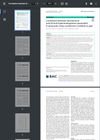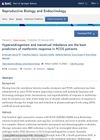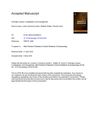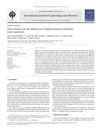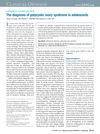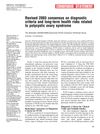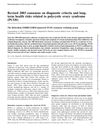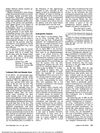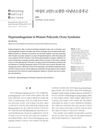Presence of Hyperandrogenemia in Cases Evaluated Due to Menstrual Irregularity: The Effect of Clinical and/or Biochemical Hyperandrogenemia on Polycystic Ovary Syndrome
March 2025
in “
Journal of Pediatric Endocrinology and Metabolism
”

TLDR Elevated testosterone, DHEA-S, and FAI help identify PCOS risk in menstrual irregularities.
The study investigates the presence of hyperandrogenemia in cases of menstrual irregularity and its effect on polycystic ovary syndrome (PCOS). It involved 254 patients divided into four subgroups: those with only menstrual irregularity (MI), clinical hyperandrogenemia (CH) with MI, biochemical hyperandrogenemia (BH) with MI, and both CH and BH with MI. The study found that DHEA-S, total testosterone, and free androgen index (FAI) are elevated in patients with CH, while basal LH and LH/FSH ratio are not indicative of CH. Polycystic ovarian morphology is more common in cases with increased risk of PCOS compared to those with only MI. The study suggests using total testosterone, DHEA-S, and FAI as routine measures to distinguish between menstrual disorders due to anovulation and increased risk of PCOS, with specific cut-off values providing over 60% sensitivity and specificity.
